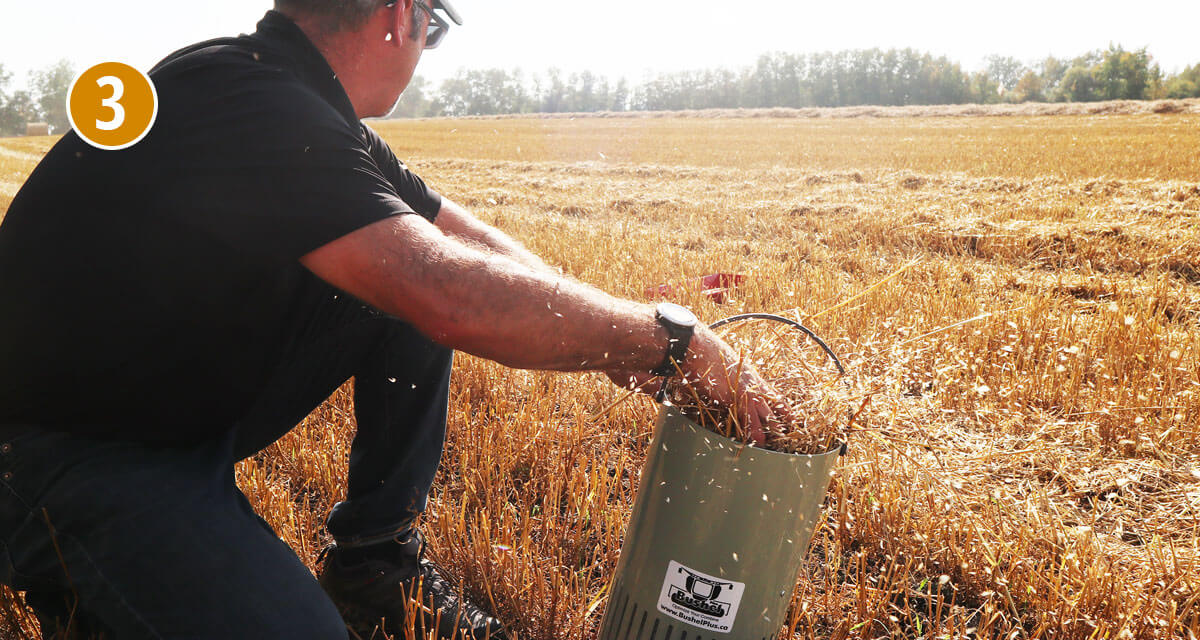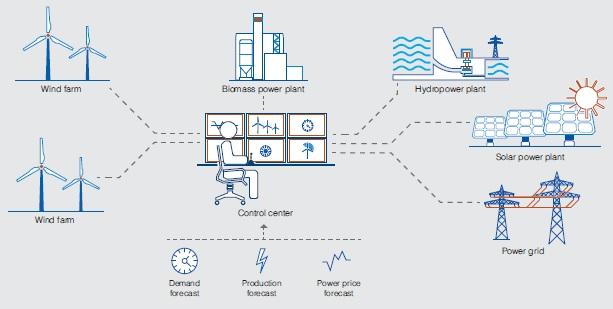
The Importance of Data in Achieving Sustainable Development Goals
The world’s material circularity currently stands at 7.2%, a decrease from the 8.6% recorded in 2020 and the 9.1% in 2018. This downward trend must be reversed if we are to support 9+ billion people living well within the boundaries of our planet by mid-century. The flow of product and material data can play a pivotal role in making this possible.
Data’s Role in Supporting Circular Economy
Data has the potential to support actors across the value chain in making informed decisions, optimizing processes, and identifying opportunities for circularity. In light of the developing Ecodesign for Sustainable Products Regulation, data-sharing tools like the Digital Product Passport can facilitate the sharing of such information, enabling various circular strategies and service business models.
Data Flows for Circular Economy
This research provides a practical example of the data flows that may exist and be utilized to enable a circular economy across four sectors: the chemical, electronics, construction, and textile (apparel) sectors. Through the mapping of purpose-driven data flows, companies can better prepare for regulations that seek to drive circularity and retain material value, while bringing about synergies and intricacies between them.
SDGs, Targets, and Indicators
1. Which SDGs are addressed or connected to the issues highlighted in the article?
- SDG 12: Responsible Consumption and Production
- SDG 9: Industry, Innovation, and Infrastructure
The article discusses the need to increase material circularity and support a circular economy, which aligns with SDG 12. It also mentions the use of data-sharing tools and the potential for optimizing processes and identifying opportunities, which relates to SDG 9.
2. What specific targets under those SDGs can be identified based on the article’s content?
- SDG 12.2: By 2030, achieve the sustainable management and efficient use of natural resources.
- SDG 9.4: By 2030, upgrade infrastructure and retrofit industries to make them sustainable, with increased resource-use efficiency and greater adoption of clean and environmentally sound technologies and industrial processes.
The article emphasizes the need to reverse the downward trend in material circularity and achieve a more sustainable management and efficient use of natural resources, which aligns with SDG 12.2. It also highlights the potential for data-sharing tools to optimize processes and support circular strategies, which relates to SDG 9.4.
3. Are there any indicators mentioned or implied in the article that can be used to measure progress towards the identified targets?
No specific indicators are mentioned in the article that can be used to measure progress towards the identified targets. However, indicators such as material circularity rate, resource-use efficiency, and adoption of clean technologies could be relevant in measuring progress towards SDG 12.2 and SDG 9.4.
4. Table: SDGs, Targets, and Indicators
| SDGs | Targets | Indicators |
|---|---|---|
| SDG 12: Responsible Consumption and Production | 12.2: By 2030, achieve the sustainable management and efficient use of natural resources. | Material circularity rate, resource-use efficiency |
| SDG 9: Industry, Innovation, and Infrastructure | 9.4: By 2030, upgrade infrastructure and retrofit industries to make them sustainable, with increased resource-use efficiency and greater adoption of clean and environmentally sound technologies and industrial processes. | Adoption of clean technologies, resource-use efficiency |
Behold! This splendid article springs forth from the wellspring of knowledge, shaped by a wondrous proprietary AI technology that delved into a vast ocean of data, illuminating the path towards the Sustainable Development Goals. Remember that all rights are reserved by SDG Investors LLC, empowering us to champion progress together.
Source: wbcsd.org

Join us, as fellow seekers of change, on a transformative journey at https://sdgtalks.ai/welcome, where you can become a member and actively contribute to shaping a brighter future.






